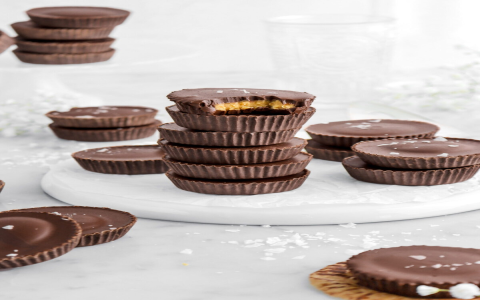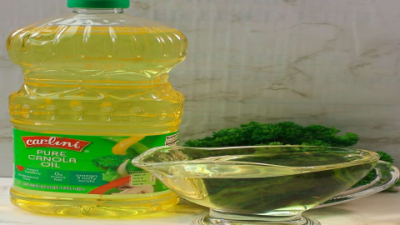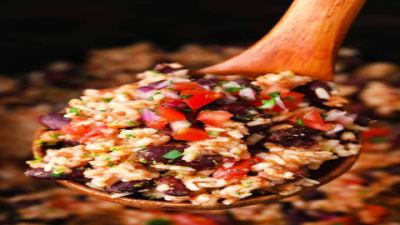If you’ve ever stood in your kitchen holding a 16-ounce jar of peanut butter, wondering just how many cups that actually is, you’re definitely not the only one. It’s one of those little cooking mysteries that can throw you off, especially when a recipe calls for cups but your jar only tells you ounces. Peanut butter isn’t like flour or sugar where a cup is pretty straightforward—it’s thick, sticky, and dense, so the conversion isn’t exactly one-to-one. But don’t worry, I’ve got you covered with everything you need to know about turning those ounces into cups, plus some handy tips to make measuring easier.
First off, it’s important to get clear on what ounces and cups really mean. Ounces usually measure weight—that’s how heavy something is—while cups measure volume, or how much space something takes up. This difference is why peanut butter can be tricky. Because it’s so dense and sticky, ounces by weight won’t equal fluid ounces by volume. So, what’s the magic number? Well, ounces of peanut butter is roughly about cups. Sometimes you might see it closer to 1. cups or so, depending on the brand or whether it’s creamy or chunky, but two cups is a solid estimate.
Here’s a quick table to give you a feel for it:
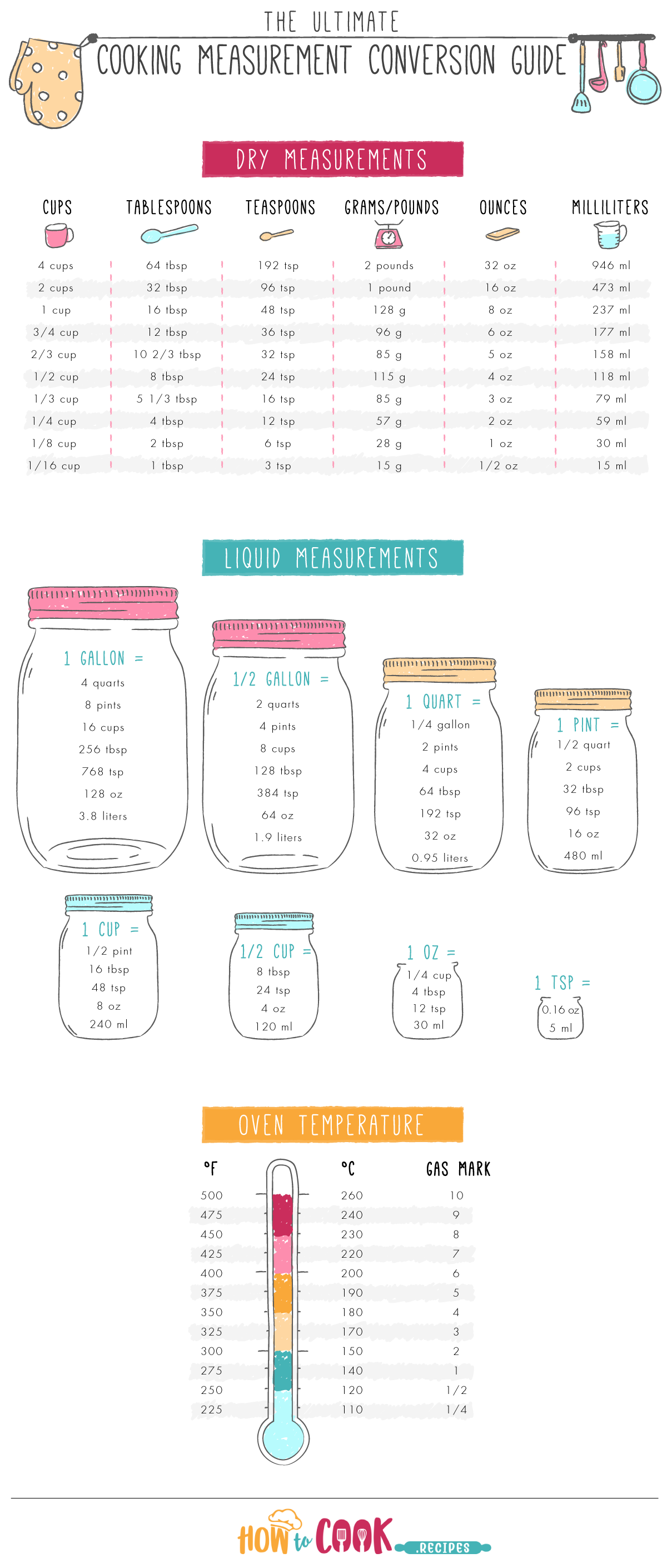
| Weight (oz) | Approximate Volume (cups) |
|---|---|
| oz | cup |
| oz | cups |
| oz | cups |
So why does this matter so much? Well, when you’re baking or cooking, getting your measurements right can make or break your dish. Too much peanut butter and your cookies might turn out greasy or too dense; too little and you miss that rich flavor and texture. Plus, if you’re watching your portions or counting calories, knowing the exact conversion helps you keep things on track.
Now, if you’re curious about how this conversion comes about, it’s all about density. Peanut butter’s density is roughly 0. grams per milliliter. To break it down: ounces equals about 453. grams. Divide that by the density, and you get around milliliters. Since one cup is milliliters, that’s just a smidge over cups. Pretty neat, right? But remember, this is an average—your peanut butter might be a little different.
Measuring peanut butter isn’t always easy, especially when it sticks to everything. Here are some tips I’ve picked up over the years:
- Use a kitchen scale if you have one. It’s the most accurate way.
- If you’re using measuring cups, spoon the peanut butter in and level it off with a spatula instead of just scooping.
- Natural peanut butter tends to separate, so give it a good stir before measuring to get a consistent texture.
- Warming it slightly can make it easier to handle and measure.
And just to give you some quick facts that come up often:
| Question | Answer |
|---|---|
| How many tablespoons in oz peanut butter? | About tablespoons (since tablespoon is roughly 0. oz) |
| Is cup of peanut butter heavier than cup of flour? | Yes, peanut butter is denser and heavier. |
| Can I swap ounces for cups directly in recipes? | Use cup = oz weight as a rule of thumb for peanut butter. |
One thing I’ve noticed is that different kinds of peanut butter can throw off your measurements a bit. Chunky peanut butter, with all those peanut bits, might take up a little more space than creamy. Natural peanut butter, especially if it’s oily and not stirred well, can be less dense. And then there’s whipped or reduced-fat varieties, which might have air whipped in, changing the volume. So if you’re going for precision, weighing is definitely the way to go.
Here’s a quick cheat sheet for you to keep handy:
| Weight (oz) | Volume (cups) | Volume (tablespoons) |
|---|---|---|
| oz | 0. cups | tbsp |
| oz | cup | tbsp |
| oz | 1. cups | tbsp |
| oz | cups | tbsp |
| oz | cups | tbsp |
Why do professional chefs tend to weigh peanut butter instead of measuring by cups? It’s because weight is just more consistent. How you pack peanut butter into a cup can vary a lot—sometimes it’s tightly packed, other times it’s looser. But ounces on a scale is always ounces, no matter what. So if you’re serious about your baking, a kitchen scale is a worthwhile investment.
Now, what about using this info in your kitchen? Say your cookie recipe calls for cup of peanut butter but your jar is ounces. Knowing that ounces equals about cups means you actually have twice the amount you need. Or if you’re making a smoothie and the recipe lists peanut butter in tablespoons, converting from ounces helps you measure just right without guesswork.
Here are some FAQs I often get asked:
Q: Can I just substitute ounces for cups in any recipe?
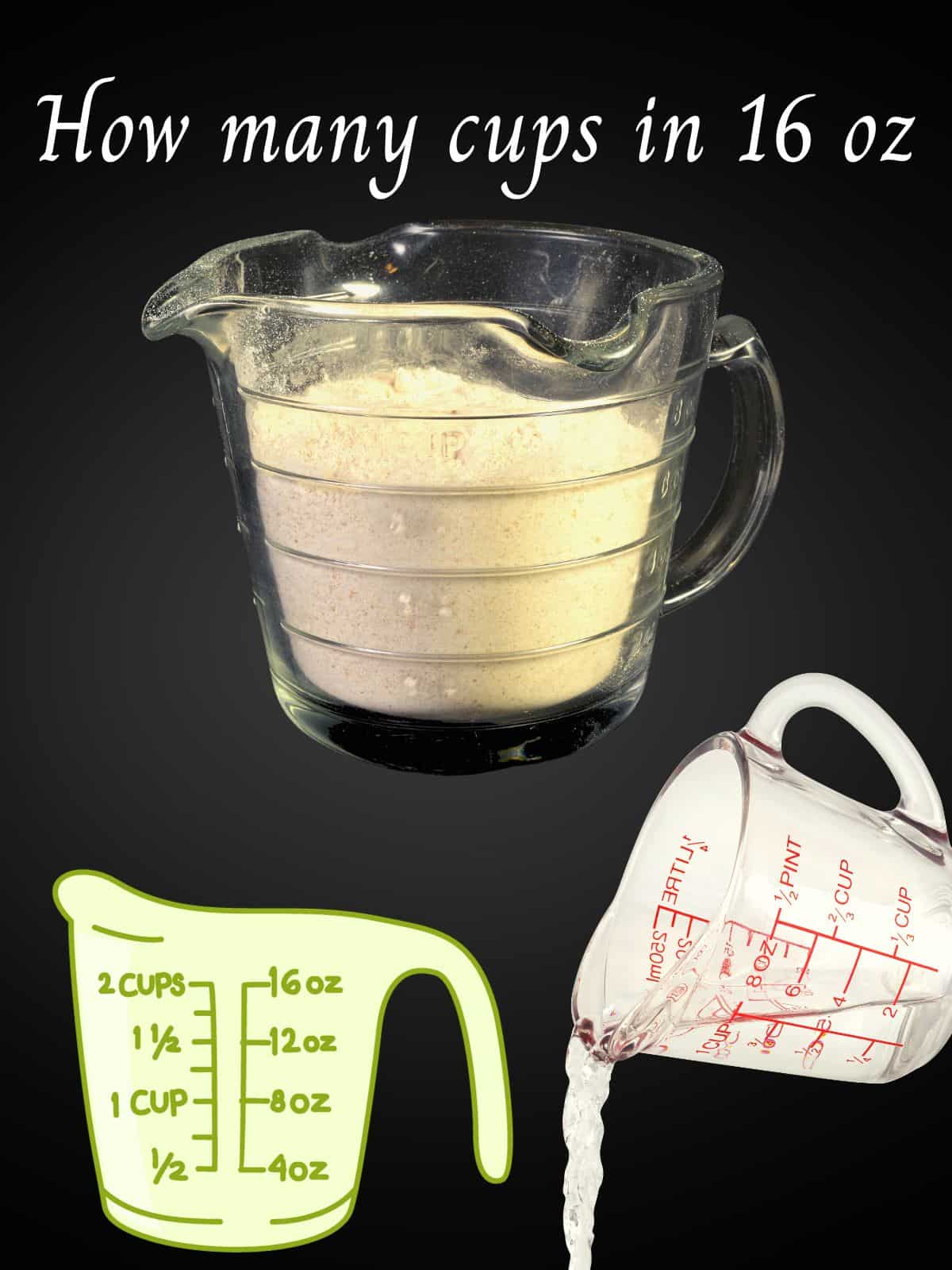
A: Mostly yes, but remember oz is about cups, so adjust accordingly.
Q: How many grams are in cup of peanut butter?
A: Around grams, depending on the brand and type.
Q: Does the temperature of peanut butter affect measurement?
A: It can. Warmer peanut butter is softer and might take up a bit more space.
Q: What if I don’t have a scale? How can I measure?
A: Use a spoon to fill your measuring cup, then level it off with a spatula for the best volume estimate.
Q: Are peanut butter measurements different outside the US?
A: Many countries use grams and milliliters, so you might need to convert ounces to grams or cups to milliliters.
To wrap it up, knowing how many cups ounces of peanut butter equals is a handy little nugget of kitchen wisdom that can make your cooking and baking smoother. It’s about cups, give or take a little depending on the peanut butter type. And if you want the most accurate results, weighing your peanut butter is the way to go. Armed with this info, you’ll be ready to tackle any recipe that calls for peanut butter without second-guessing your measurements.
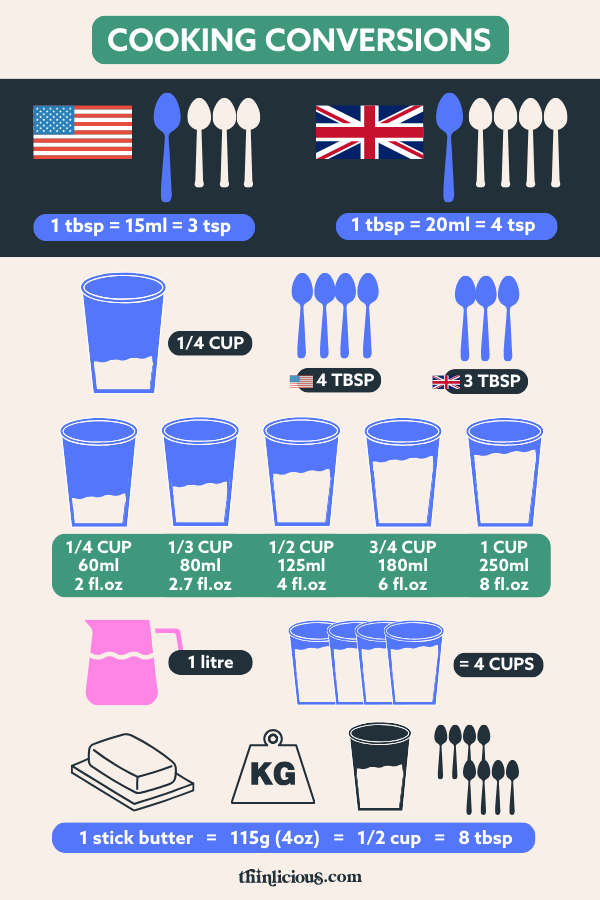
Happy cooking!
